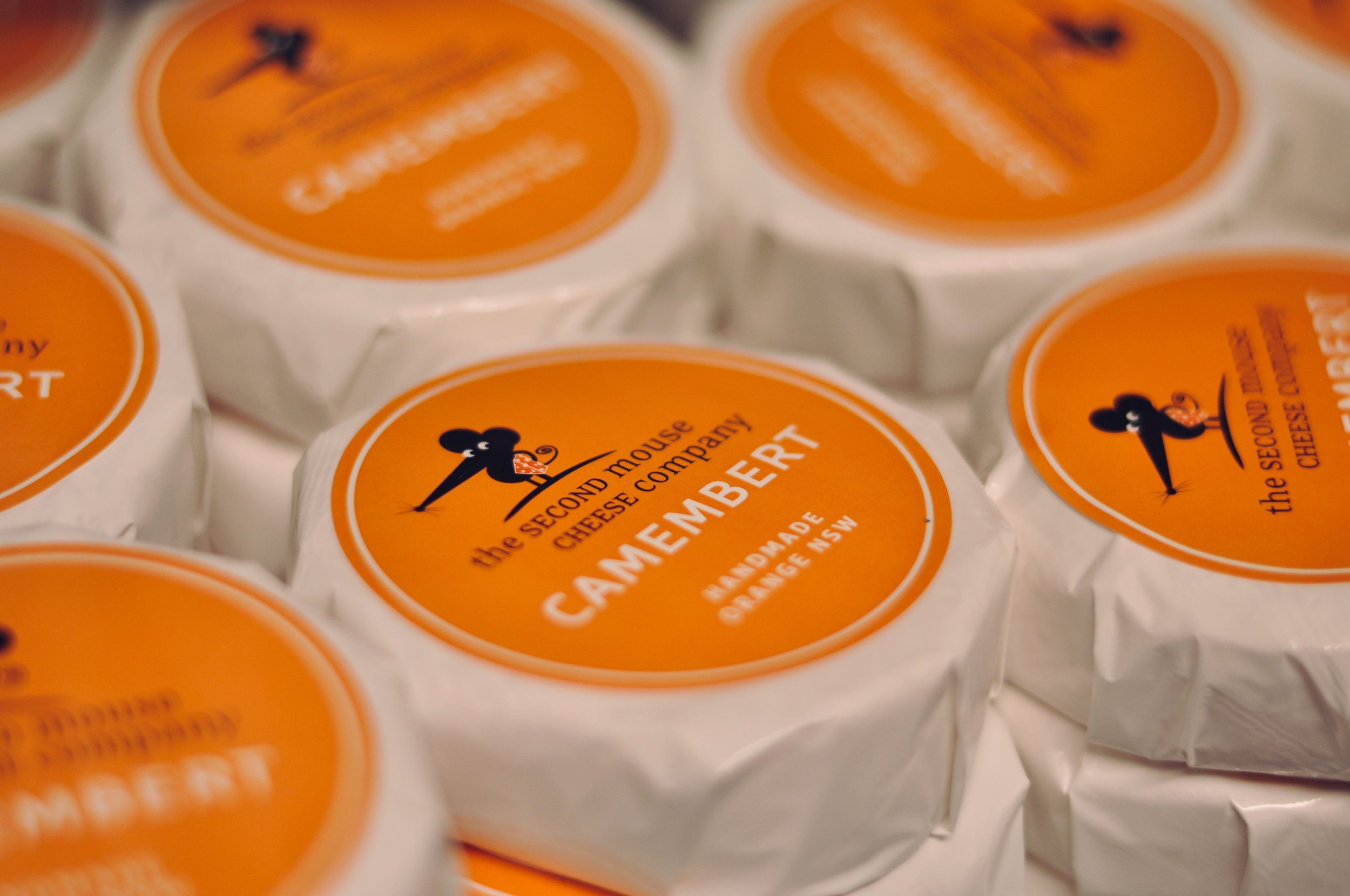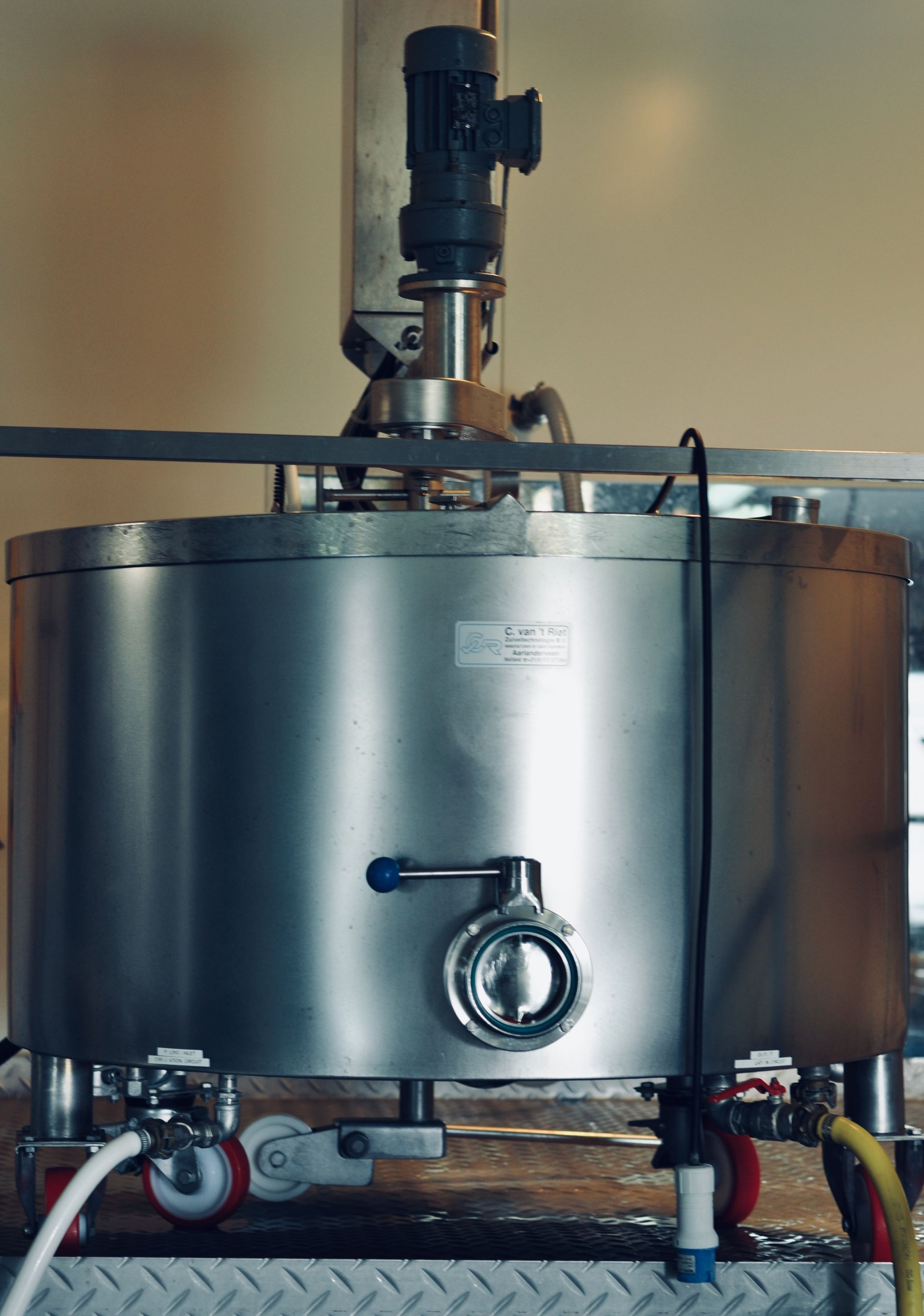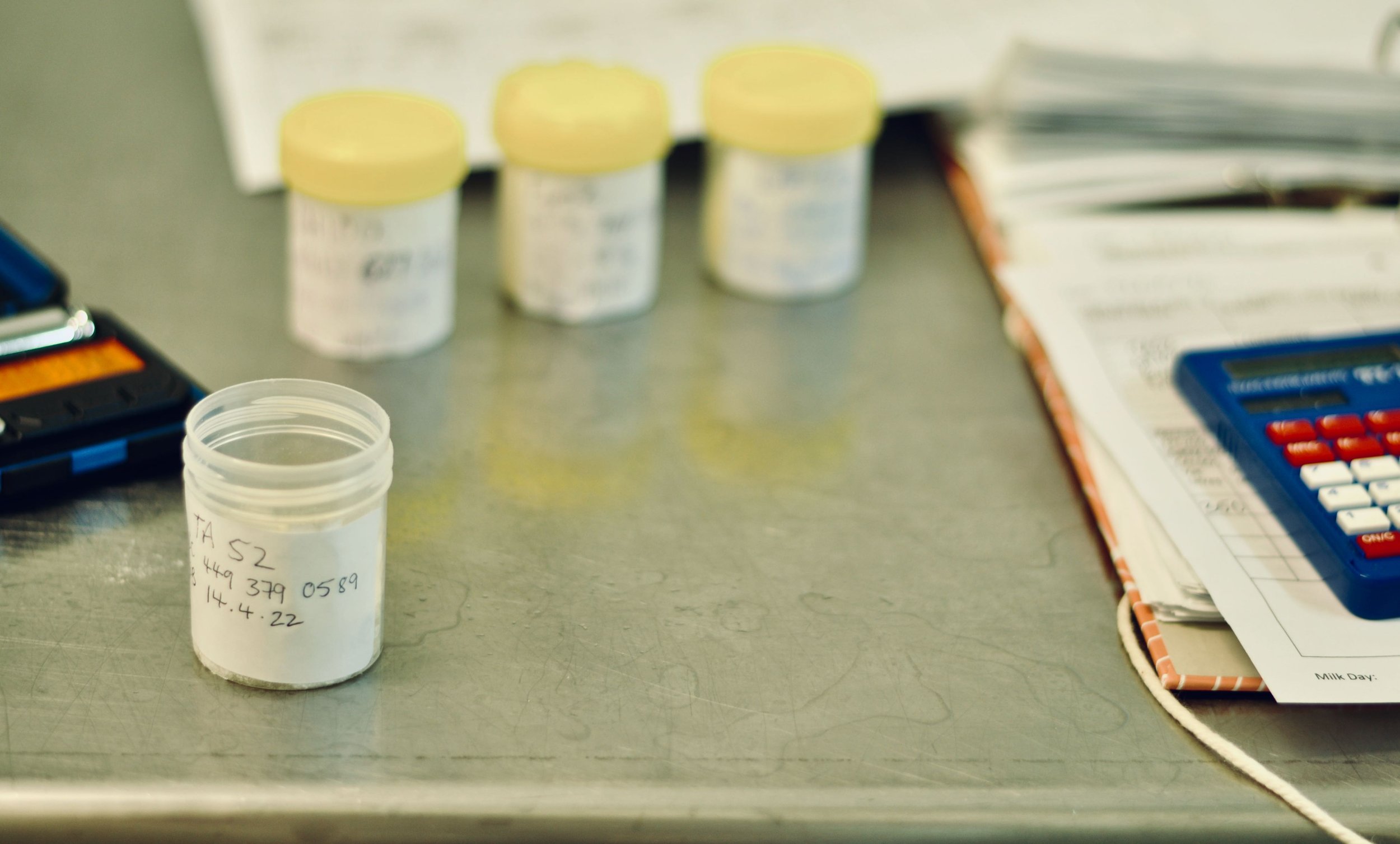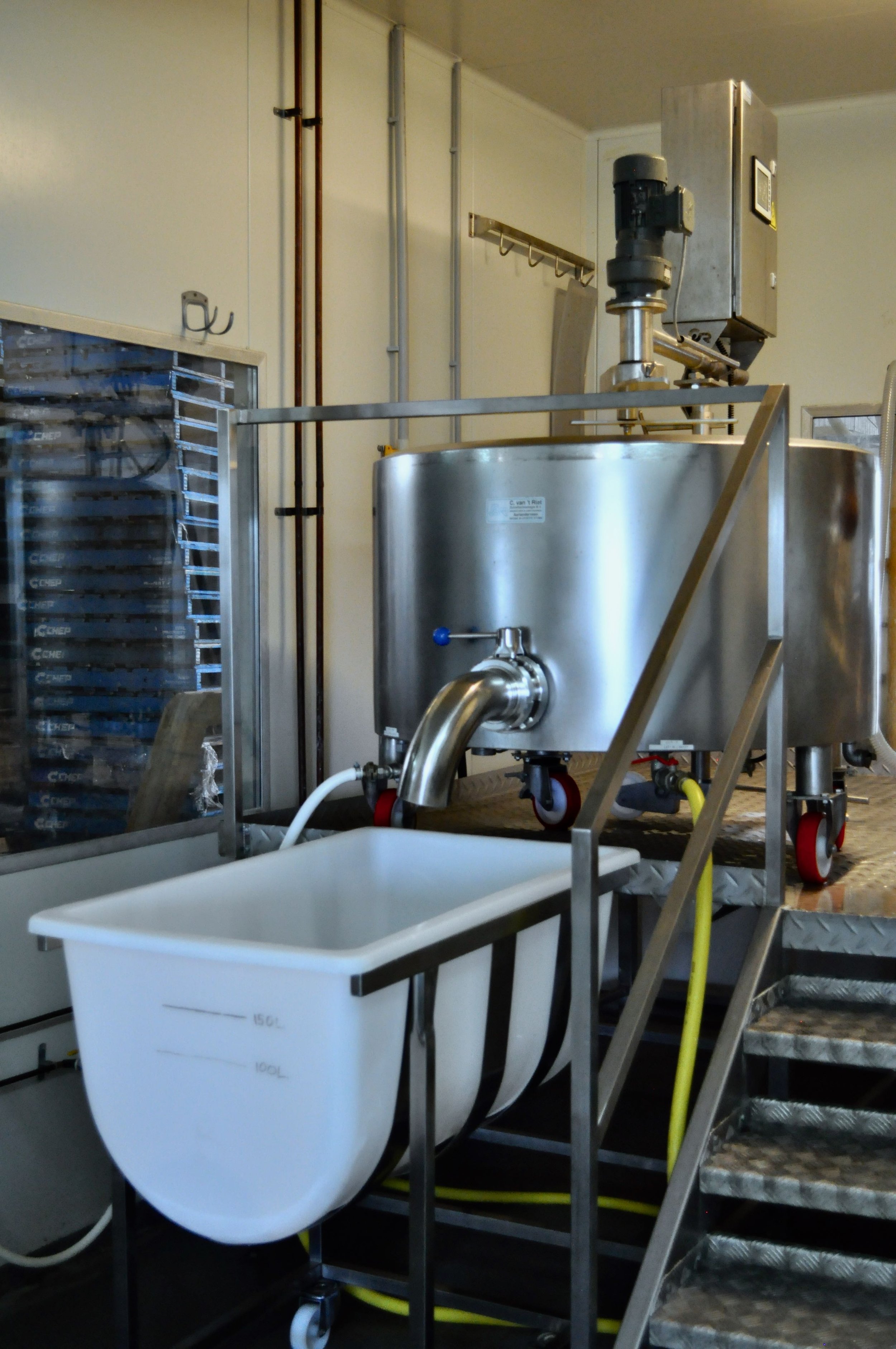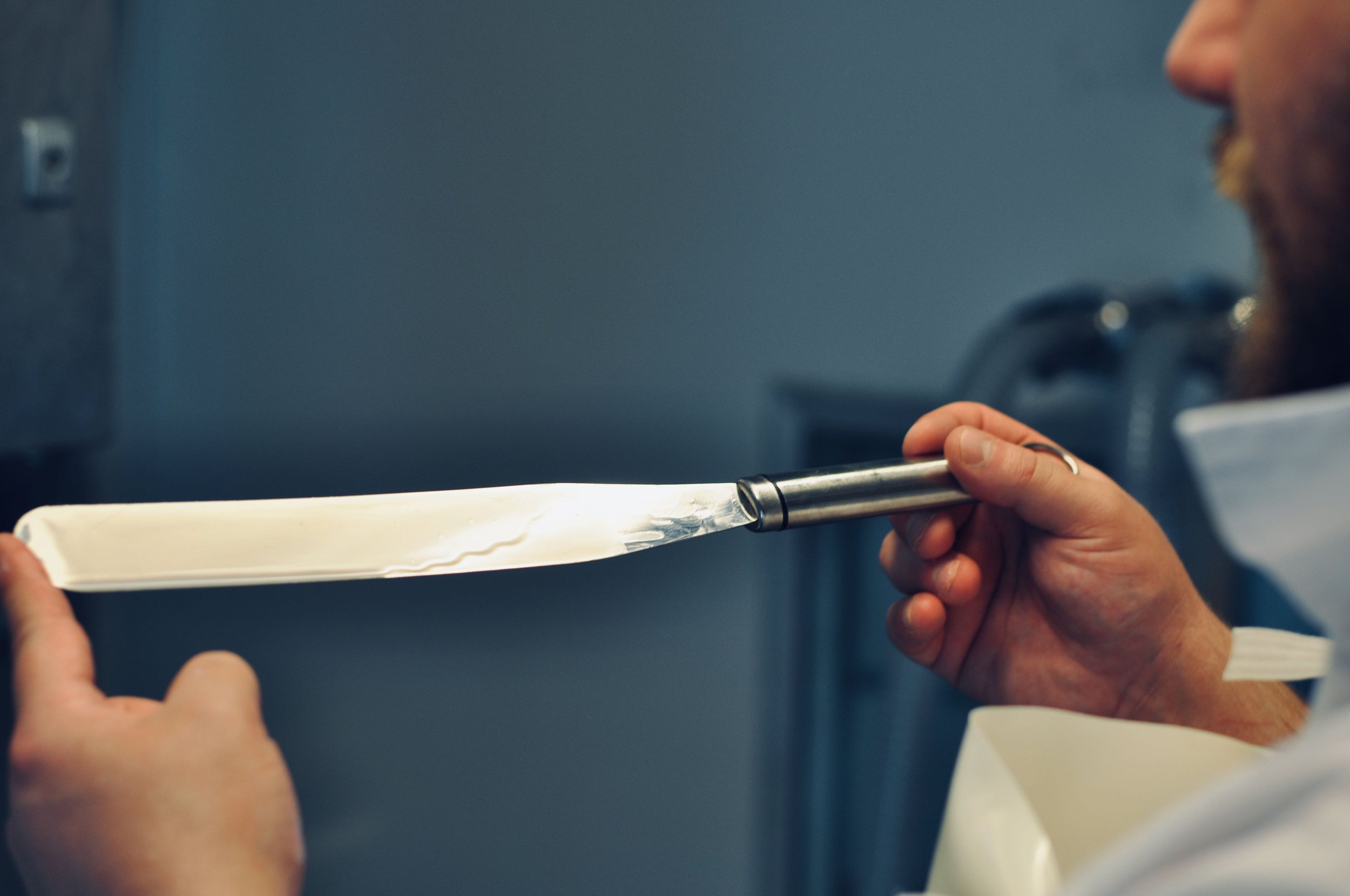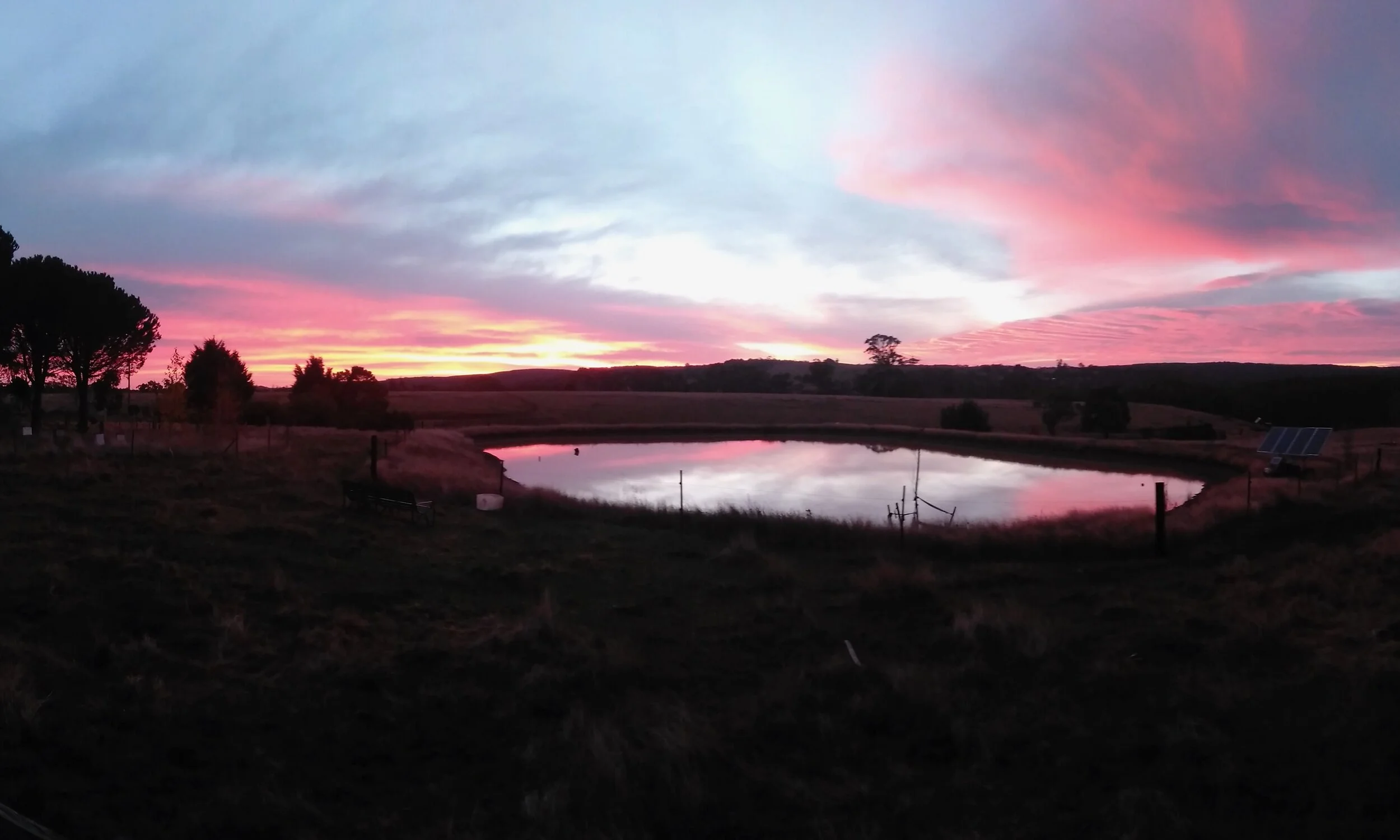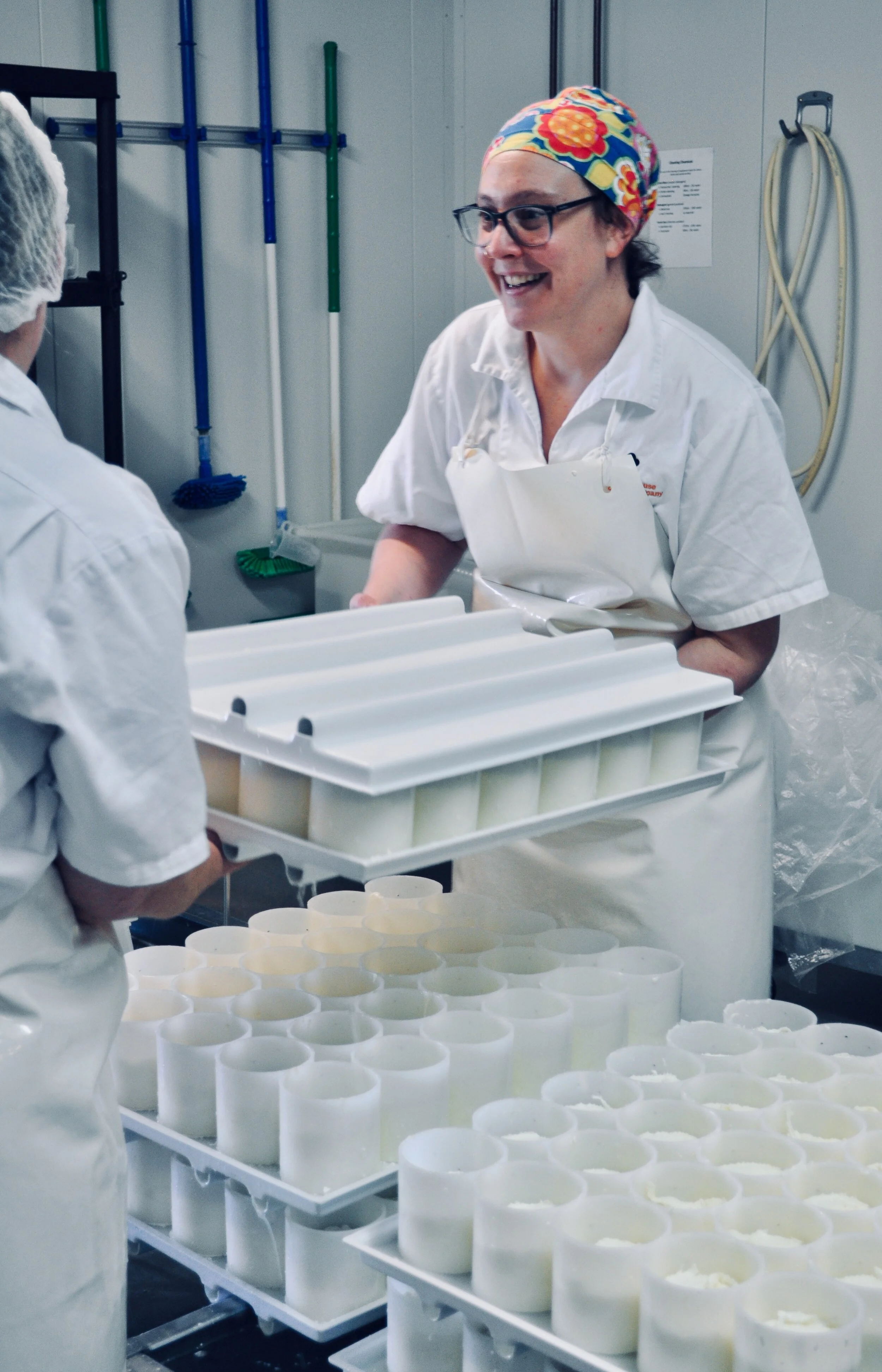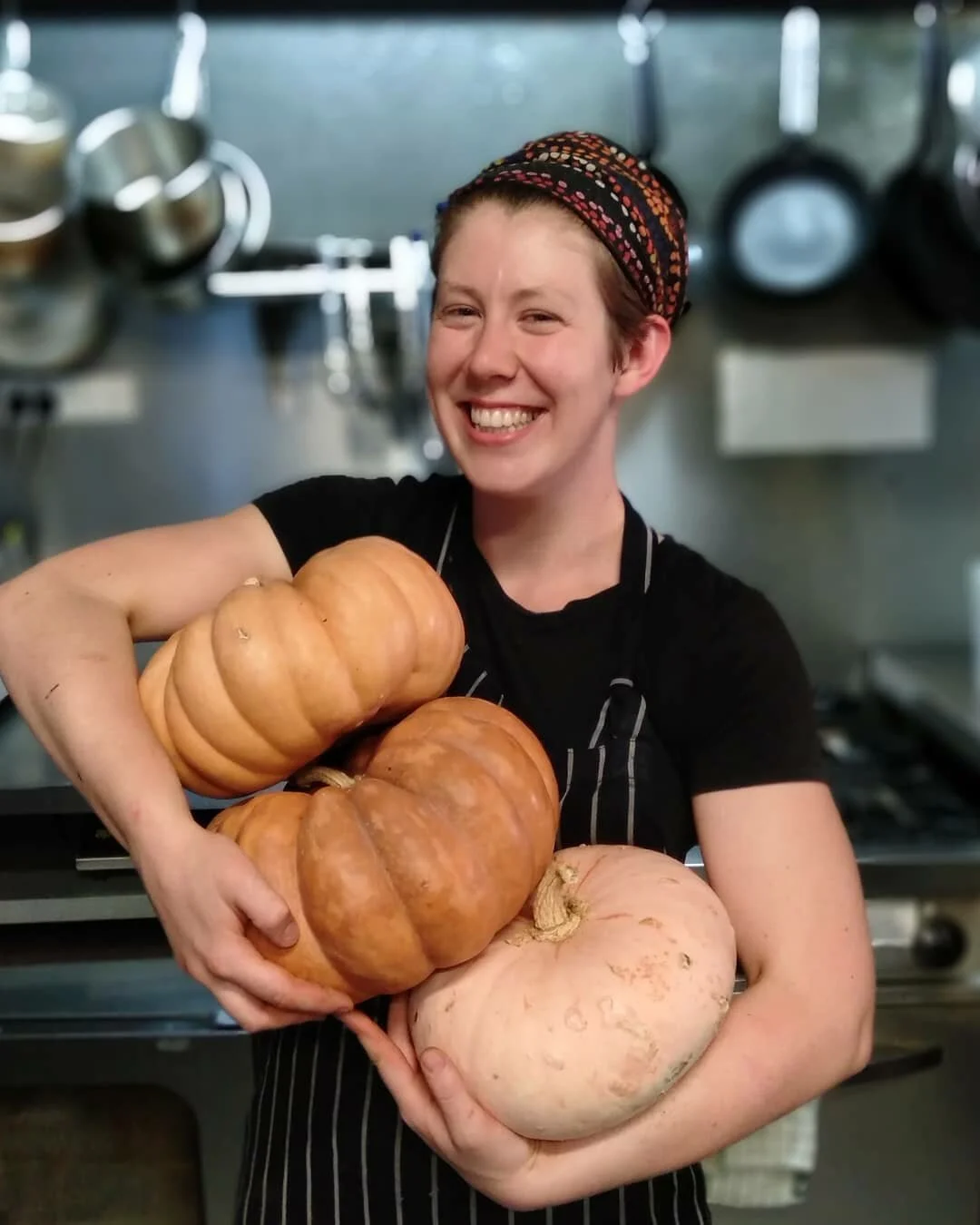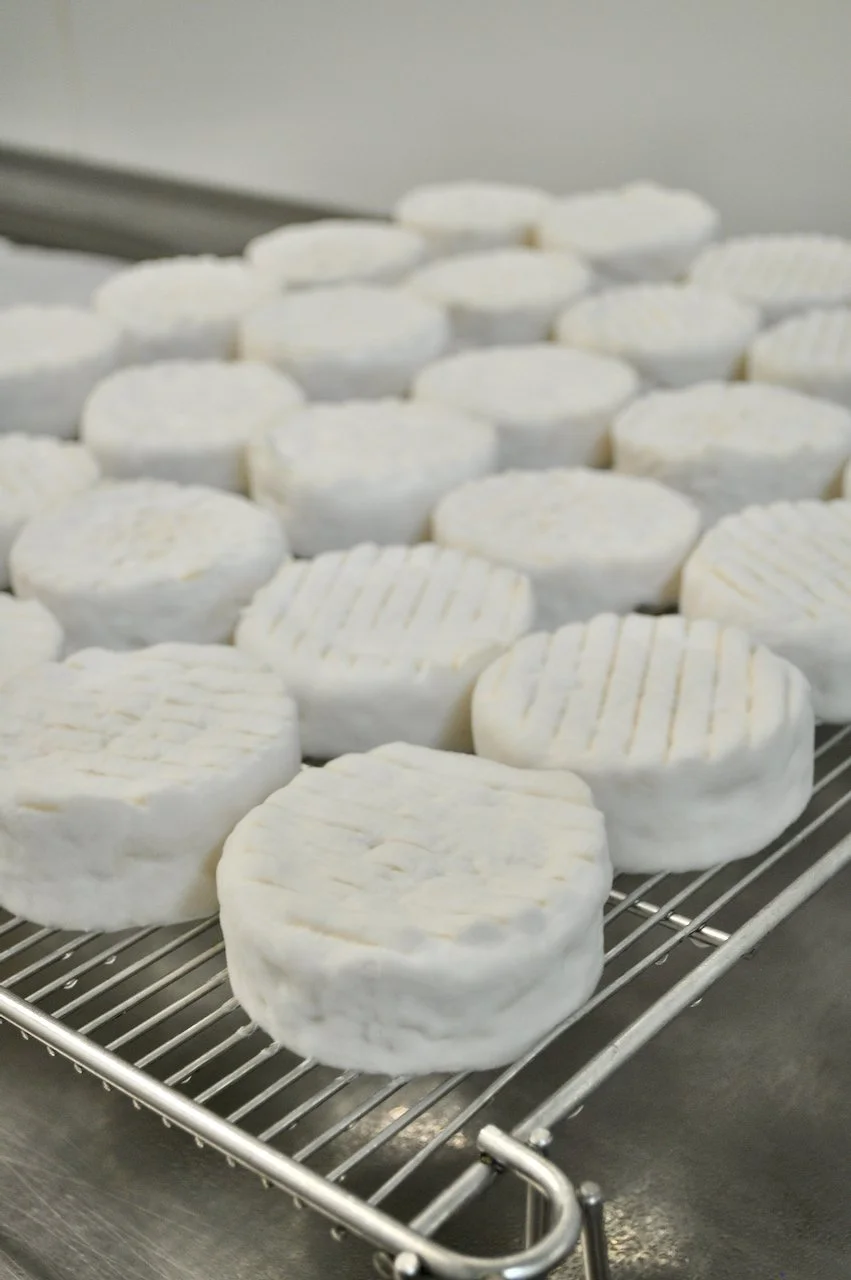Chef's Gap Year: A Cheesy Morning
Important note: these posts are not intended to be a recipe or a ‘how-to’ guide; for that you’ll need one of the many excellent books written by people with more than 6 weeks part-time cheesemaking experience. And while SJ was generous enough to let me loose in her cheese factory, her specific processes and recipes are valuable intellectual property so I’m not handing those out either. This is just intended to be a window into a world not many people see.
A day in the cheese factory starts at 7.30am for SJ. The food trucking employees are still very much active, with forklifts and pallet-loads of fresh and frozen food zipping about the space. Occasionally a pallet or two will be sitting right where she needs to be, but with little more than a wave and nod of the head at the right person, it’ll be cleared by the time she’s had a coffee. This is a woman who commands respect.
SJ expertly navigates a small forklift through the chaos into a large coolroom, where she stores a large container of raw, un-pasteurised and un-homogenised milk from the Big Little Dairy Co.
This kettle pasteuriser holds 3-4 hundred litres of milk
The factory goes through one thousand litres of milk each week, across three ‘make’ days. After lifting 1000 litres of milk up onto a tall scaffold, a thick hose connects it through the wall to the sterile ‘make room’, and gravity empties a third of the container into the large pasteurising drum. The milk that comes out of the container on day one has the lowest fat content and is used for Swiss style hard cheese. The second day milk is higher in fat and best used for Haloumi, or a Camembert. The final day in the cycle uses the cream that has risen to the surface which is best for creamy Blue Cheese and Double Cream Brie.
The milk at Second Mouse is pasteurised on the morning of each ‘make’ day, through a much slower process than what is generally used at commercial dairy processors. Your average bottle of supermarket milk is pasteurised by being passed through a series of superheated metal plates which bring the milk to a very high temperature very very quickly, before rapidly cooling. SJ uses a kettle pasteuriser which heats the milk slowly to a slightly lower temperature and holds it there before cooling. This longer, slower, process is less disruptive to the protein structures in the milk which are crucial to forming good texture in the final cheese products.
Raw milk cheeses have attained something like cult-like status among a particular breed of foodie, but SJ is perfectly happy with pasteurisation. Pasteurised cheese is safer for a commercial enterprise, doesn’t require so much onerous regulation and at the end of the day more people can enjoy it. It’s also more predictable, which allows for a more standardised approach. While this is great for consistency in flavour, it does require an extremely clean environment. Cheesemaking is all about encouraging the right kind of bacterial growth. The challenge, of course, is that the perfect conditions for the right bacteria are also the perfect conditions for the wrong bacteria, so every precaution is taken to keep nasties OUT so that the good mould can thrive.
As the milk slowly warms in the mega-kettle, SJ carefully weighs up a complicated and precise recipe of frozen cultures for each kind of cheese to be made that day. These cultures are alive — but sleeping — and when awakened in warm milk will multiply quickly and mere grams are sufficient to colonise hundreds of litres of milk. Between 3 and 7 different cultures are painstakingly weighed out on what SJ jokingly calls ‘the drug scales’: an extremely precise instrument that is sensitive to a degree of multiple decimal places. An acceptable margin of error (depending on the cheese) can be as little as 0.1g which is a special kind of hell for this ‘recipes are just guidelines’ chef.
Stay in school kids: maths is super fucking useful
These strains of bacteria are intended to mimic those naturally present in raw milk from specific areas. Camembert exists because specific breeds of dairy cows living in the specific climate of Normandy eat a specific kind of pasture, and their gut microbiome is unique as a result. The cheesemakers of Normandy refined their techniques over generations of women who took culinary chances in the name of longevity and taste, eventually evolving the end product to be the soft white rounds of Camembert we know and love today. The gut of a different dairy cow in Australia will have a huge variation to that Normandy cow, and any raw milk cheese that is produced — even if exactly the same procedure is followed — will be something quite different. Think of it like wine: the terroir, climate, and season will produce a different wine every time. But when milk is pasteurised, all the natural gut flora is neutralised, essentially providing a clean slate for cheesemakers to then introduce cultures that will mimic those found in the Normandy cows.
A little picture of some Camembert: just like they make in Normandy!
Once the cultures have been weighed, there is cleaning to be done. There is always cleaning to be done. The hose and all equipment used to transfer milk into the pasteuriser must be cleaned and sanitised, and inside the factory there are sanitisation procedures to follow. The previously mentioned uniform, hairnet, and splishy-splashing of gumboots upon entry to the factory is once again required as well as a thorough hand washing and dousing of ones arms in a chlorine sanitising solution.
A sanitised vat ready to be filled with warm, pasteurised milk.
Once the Cheesemaker herself is clean, all her equipment must be made clean. Floor grates and dishwasher filters are removed from an overnight bath of sanitiser, and a fresh tub is filled. All utensils and equipment are submerged in this solution for at least 5 minutes before use, and liberal amounts of sanitiser are splashed over all surfaces and floors. Two large cheesemaking vats on trolleys must be prepared by swooshing bucketfuls of sanitiser and rocking the trolleys to create flourishes of waves that will coat all surfaces of the horizontal half-drums. If you’re practiced at this movement it is fast, efficient, and effective. The first time I tried it I ended up sloshing the water all down my front, missing most of the container entirely. It is an art form, people!
Once the pasteuriser has cooled back down to around 36 degrees, the milk is drained into these freshly sanitised cheesemaking vats and combined with the cultures that SJ measured out earlier. The vats are covered with a large plastic sheet and left to culture.
During my time in the factory I came to the conclusion that good cheesemakers require several key attributes: cleanliness, punctuality, and accuracy. SJ’s recipes call for minute — literally ‘to the minute’ — levels of precision. One minute’s difference when adding rennet, or a few degrees difference in temperature when stirring will alter the way the curds form and knit together.
At every step of the recipe we’d also take pH levels to check that the acidity levels were changing as expected. It’s a good marker that everything is going as planned. The acidity changes are pretty predictable, so if you get an unexpected number it can be an indication that something has gone wrong.
Now, some technical chat.
Flocculation indicates the point when rennet has begun to coagulate the milk, thickening the curd and separating it from the whey. Traditionally rennet is processed from calves’ stomachs, but these days many cheesemakers use a non-animal alternative created in a lab. It’s an important addition which helps to create a solid mass, rather than just a sloppy mess of funky milk.
Cheesemakers watch carefully for that point of coagulation in order to then calculate the timing for the rest of the recipe. Different types of cheese require different amounts of time for each recipe step, but the ‘flocc’ time is the variable you need in order to calculate those timings.
Flocculation typically occurs between 10 and 30 minutes after the rennet is stirred into the milk. And this is where that to-the-minute accuracy really counts. First, make sure you have added the rennet at precisely the minute called for in the recipe. Then you’ve got to get your shit together and prepare yourself for the emotional turmoil that is to come.
Now maybe you are all great at meditating and sitting with your own thoughts but I am NOT GOOD and typically prefer to be distracted from my near-constant internal monologue —whaddya want from me? I’m a millennial! — so flocculation was invariably one of the more stressful parts of my day.
Here’s a photo of fellow beginner cheesemaker Scott having an existential crisis while waiting for flocculation to occur
Take a (sanitised) palette knife and dip it into the milk, causing as little disturbance as possible. Retract the knife and, with one hand at either end, slowly tip it back and forth while examining the milk clinging to the surface. Watch for any change in texture or formation. When the palette knife has cooled, use your (sanitised) fingers to wipe the knife clean and repeat the process again. Watch how fast the liquid runs from one side to the other as you slowly tip the angle of the blade. Does it pool, or run? Is it thicker than it was a minute ago? You’re looking for a flakey, grainy effect. Is that it? No, not quite… Is that it? No, you’ll know it when you see it… Shit, did you even add the rennet to the milk? Surely, right? That was definitely rennet? Yes, you definitely added the rennet, don’t freak out. Keep tipping that blade back and forth. See how the milk catches the light: it’s looking different now, but it still hasn’t reached ‘flocc’. How long has it been? God, it feels like HOURS. Only 15 minutes? That’s okay, that’s fine, keep watching. Wipe the blade, dip it in again. Why are you breathing so loudly? Can everyone hear that? Breathe through your nose, nope that’s worse. What if it never floccs? What if you just fucked up 300 litres of milk? What if you quit your job, and moved to a country town to learn how to do this and you’re just BAD at it? Nobody’s going to want to read a BOOK about this self-indulgent nonsense. How long has it been? 17 minutes? No need to panic yet. Are you SURE you added the rennet? It was only 19 minutes ago, how can you not remember? Did that actually happen or are you thinking of yesterday? Days and time have lost all meaning, you’ve been standing here forEVER and you’ve started swaying in your gumboots, and one of your socks is slipping and you definitely DON’T need to use the bathroom: don’t even THINK about it. Fuck, you really need to pee. Congratulations on your excellent timing you absolute fruit bat of a human being no wonder you’re — Oh, there it is.
See? You know it when you see it.
Flocculation time: 21 minutes of pure existential crisis.
